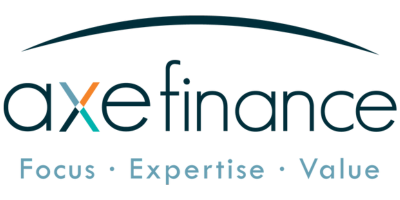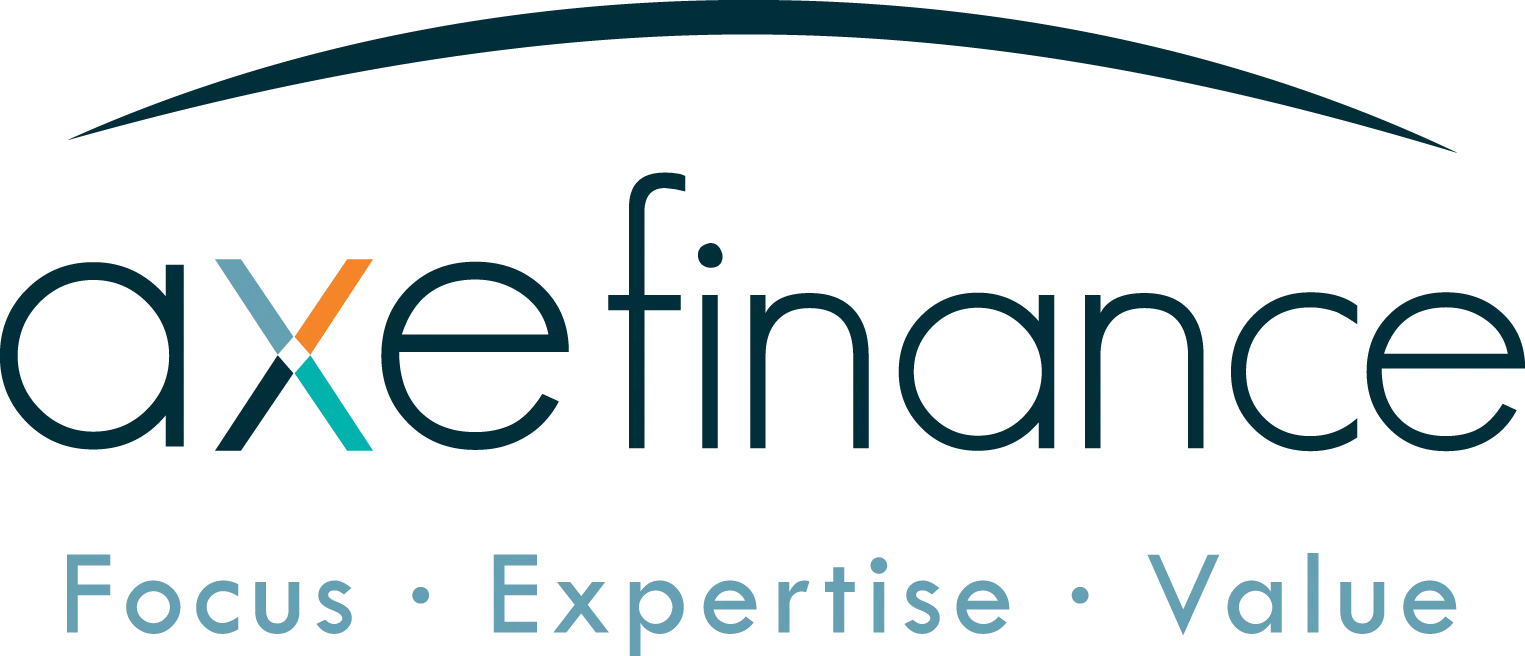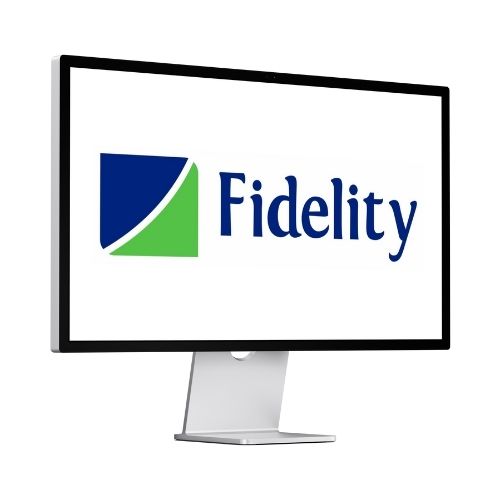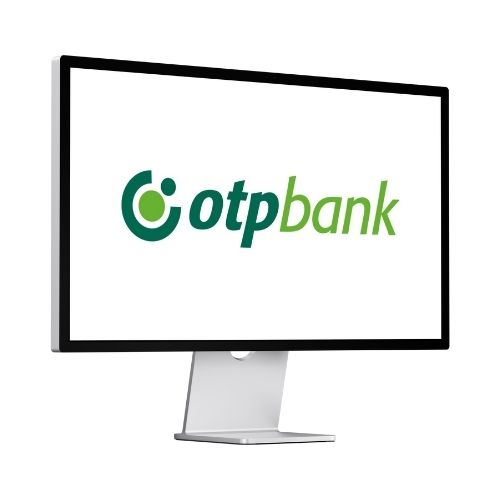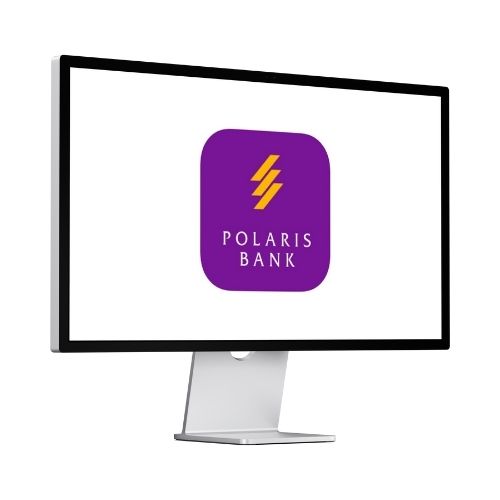Lending In A Cashless United Kingdom
Why Cashless Matters For Credit
The UK is one of Europe’s leaders in digital payments adoption. Contactless penetration is among the highest globally, Faster Payments have been standard for over a decade, and Open Banking has unlocked new flows of consumer-permissioned data. Importantly, every digital transaction creates behavioural exhaust that strengthens affordability assessments, early-warning models, and real-time credit line adjustments. Key adoption signals reveal how fast the UK is shifting:
- Contactless dominance: In 2024, over 87% of eligible card transactions were contactless, with total contactless spend surpassing £160 billion.
- Faster Payments: The UK’s real-time system processed over 4.4 billion transactions in 2023, with volumes expected to rise double digits annually as Request-to-Pay expands.
- Open Banking: By mid-2025, over 9 million active users consented to share their data for payments and credit, enabling lenders to tap into transaction-level feeds.
- BNPL boom: UK consumers used BNPL for £14 billion worth of purchases in 2023, up from £9 billion in 2022—a segment now under FCA regulatory oversight.
- Cash decline: According to the Bank of England, cash accounted for just 12% of payments in 2024, compared with 60% a decade earlier.
- Faster Payments: Over £3.7 trillion moved via the scheme in 2023, underscoring its centrality to both retail and SME flows.
- Open Banking: 16.5 million monthly payments were initiated through Open Banking APIs in late 2024, a 95% YoY increase.
- Card networks: Visa and Mastercard report steady growth in digital wallet usage, with Apple Pay and Google Pay capturing 45% of under-35 consumer transactions.
- BNPL providers: Klarna, Clearpay, and Zilch dominate the UK’s BNPL space, with a combined user base exceeding 17 million.
- Regional NPL context: UK banks’ non-performing loan ratio remained below 2% in 2024, though unsecured consumer credit delinquency is trending upward.
These signals demonstrate that the UK’s cashless transition is advanced but uneven: high adoption in cities contrasts with slower uptake in rural areas and among older demographics.
Credit Risk Management
Portfolio Health In Focus
Credit risk in the UK is shaped by high household leverage, rapid growth of BNPL, and exposure to real-time fraud. The Bank of England continues to warn about unsecured consumer credit growth and the potential for income shocks. Key dynamics:
- Household debt: stood at ~133% of disposable income in 2024, among the highest in Western Europe.
- Mortgage stress: rising interest rates pushed arrears up by 20% YoY in 2024, with first-time buyers most exposed.
- Consumer credit: net lending rose 7% in 2024, largely in unsecured personal loans and BNPL, segments with higher delinquency.
- SME credit: many small businesses remain dependent on short-term credit lines; Open Banking data helps lenders spot liquidity crunches earlier.
Underwriting In A Cashless Economy: What To Actually Change
- Expand data coverage: blend bureau data with Open Banking feeds, payroll data, and consented wallet flows. Thin-file borrowers, especially gig workers, require richer transaction-level evidence.
- Real-time affordability: use rolling income checks via bank APIs, factoring gig economy volatility. Implement post-disbursement monitoring with income-drop triggers.
- Channel-aware limits: model differences between card-funded wallets and direct Faster Payments to avoid overstating liquidity.
- BNPL vigilance: treat BNPL obligations explicitly in affordability models. FCA has flagged risks of hidden over-indebtedness from multiple providers.
- Collections that learn: apply machine learning-guided strategies, nudging borrowers via digital channels before escalating to collections.
Fraud And Operational Risk On Instant Rails
The UK is a hotspot for Authorised Push Payment (APP) fraud. In 2024, APP fraud losses exceeded £485 million. Faster Payments’ T+0 settlement means banks and lenders must adopt proactive, pre-disbursement controls.
- Deploy behavioural biometrics, device fingerprinting, and transaction pattern analysis at origination.
- Step-up verification for first-time payees, cross-border payments, and high-value transfers.
- Adopt “confirmation of payee” at scale and integrate with the Payment Systems Regulator’s fraud reimbursement rules.
Lending Transformation
From Payments Exhaust To Credit Insight
UK lenders are increasingly turning payments exhaust into credit intelligence. Real-time visibility into spending, saving, and transfers enables more nuanced credit models:
- Thin-file scoring: leverage rent, utilities, and telecom payment histories. Open Banking now provides real-time validation of affordability.
- SME working capital: acquirer turnover and Open Banking feeds help banks extend dynamic lines, especially for e-commerce SMEs.
- Embedded credit: retailers and platforms integrate BNPL and revolving credit at checkout; lenders co-originate with these partners under FCA rules.
Governance And Stress Testing
- Simulate 20–30% migration from cash to digital to recalibrate PD/LGD assumptions.
- Overlay macro risk: post-Brexit volatility, inflation shocks, and mortgage stress must feed into stress testing.
- Rehearse APP fraud shocks and FCA-mandated reimbursement requirements in credit risk playbooks.
Cross-Border Payments And Remittances
Why Lenders Should Care
The UK is a key remittance hub: inflows to the UK totalled over £8 billion in 2023, while outflows exceeded £7 billion, largely to South Asia and Africa (KNOMAD). Brexit has complicated EU-UK payment interoperability, but SEPA Instant still includes UK participants through indirect membership. Cross-border payment rails are reshaping both consumer affordability models and SME export finance.
What To Add To Your Credit Playbook
- Cross-border affordability: integrate remittance inflows as income proxies in affordability models for diaspora households.
- FX risk: SMEs relying on euro inflows must stress-test volatility in post-Brexit sterling-euro markets.
- Fraud vectors: cross-border corridors are prime targets; integrate consortium fraud databases to reduce mule accounts.
Quick Checklist For Risk Leaders
- Data: secure Open Banking and Faster Payments data feeds; ensure explainability in all AI-driven models.
- Policy: align affordability models with FCA rules and Consumer Credit Directive equivalents.
- Fraud: implement APP fraud prevention with confirmation of payee and consortium alerts.
- Ops: design for same-day credit line refreshes and real-time collections outreach.
- Compliance: document evidence of model governance for PRA and FCA audits.
Conclusion
The UK’s cashless shift is ultimately a credit story: more data to price risk, faster rails to fund and collect, and sharper controls to combat fraud and delinquency. The balance is delicate—inclusion vs over-indebtedness, speed vs exposure—but lenders that embrace Open Banking, BNPL oversight, and Faster Payments-era fraud defences will thrive. By combining rigorous governance with pragmatic experimentation, UK lenders can sustain growth and resilience in a data-rich, instant-payments world.
